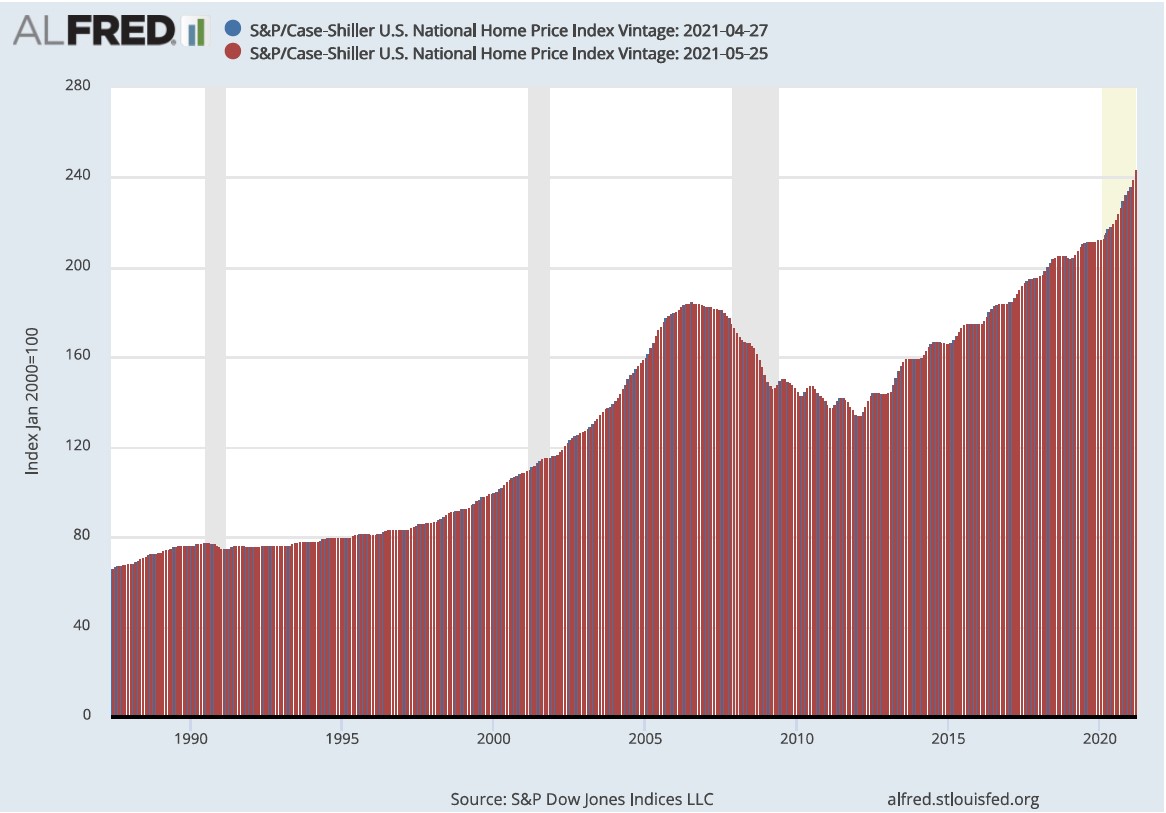[COLUMBIA, SC | THURSDAY, MARCH 24, 2022]
Recently third-party creditor’s rights attorney Lucas S. Fautua was featured in the American Legal and Financial Network’s quarterly magazine THE ALFN ANGLE, with his article on recent bankruptcy case law and how it will affect mortgage servicing and foreclosure actions in South Carolina. Please see the full article here “New Rules for Servicers: Recent Bankruptcy Case Law Affecting Mortgage Servicing and Foreclosure Actions in South Carolina” connect with Mr. Fautua at lfautua@rplfirm.com


